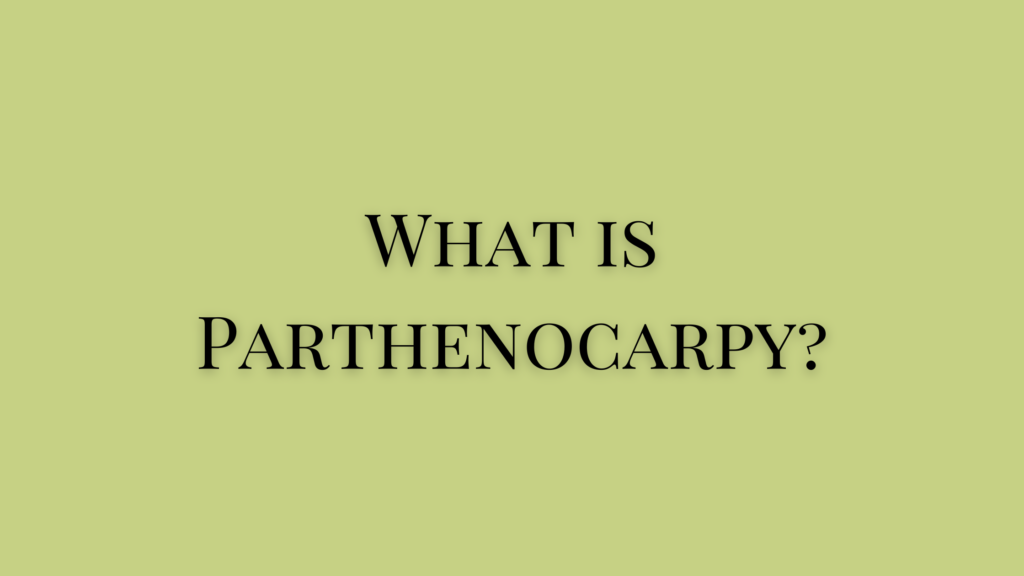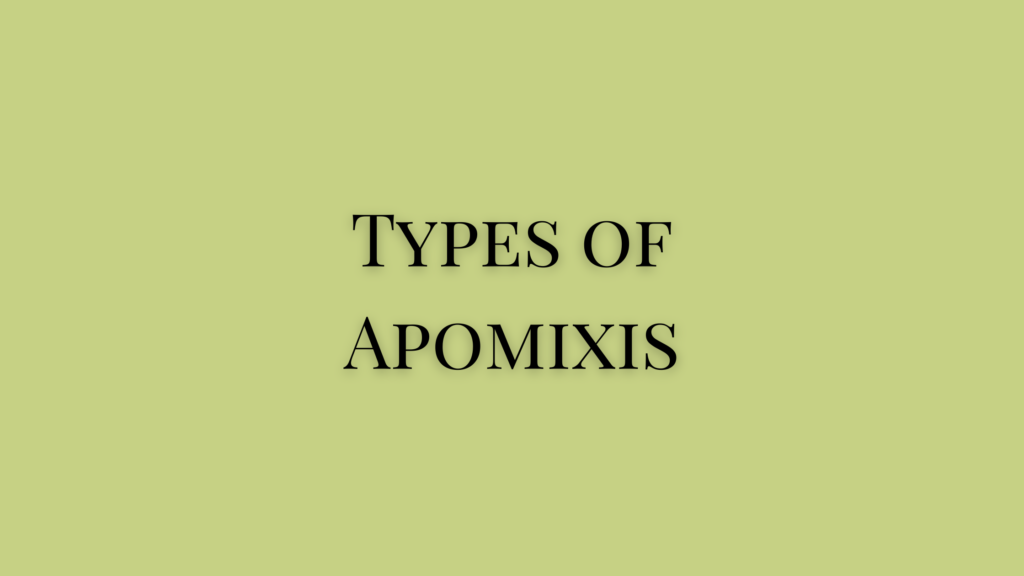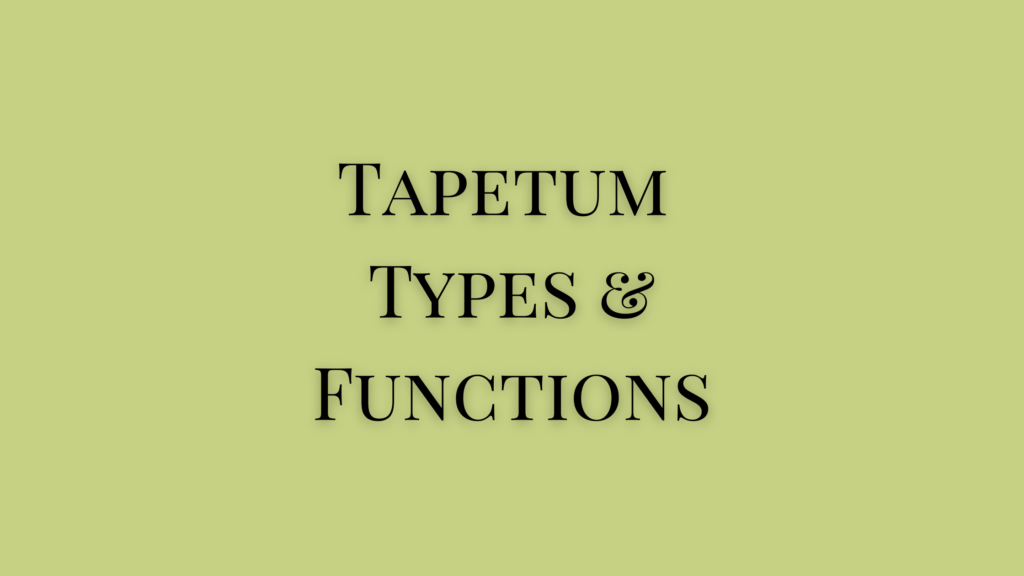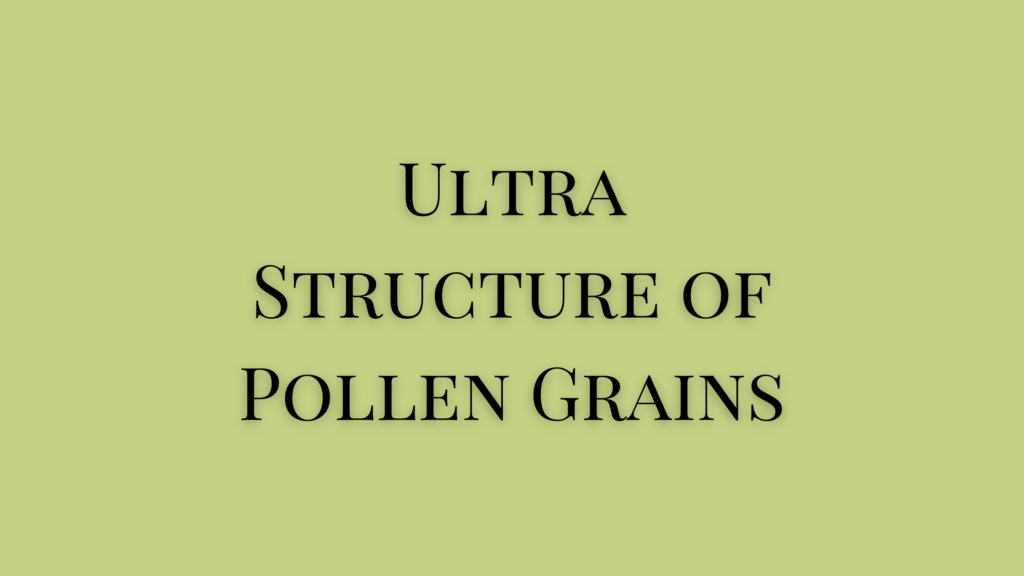Parthenocarpy is the process of developing fruits without fertilization in plants. It can happen in pollinated flowers or non-pollinated flowers. Parthenocarpy is a highly beneficial agricultural trait that helps farmers compensate for or reduce yield loss. Such fruits have a longer shelf-life too which helps reduce economic loss as well. Moreover, these seedless fruits are favorites among the consumers.
Causes of Parthenocarpy
Naturally, seedless fruits are produced under unfavorable conditions which lead to failure in pollination, fertilization of the absorption of the embryo. The natural causes of parthenocarpy are,
- Failure to have pollination
- No fertilization even after pollination
- Successful fertilization occurs but failure in the development of embryo or seed.
Such situations may be caused due to environmental conditions, genetic combinations that lead to failure in fertilization, exposure to chemicals, etc. Naturally induced parthenogenesis is a genetically inherited trait.
In any of the above-mentioned scenarios, the result could be a seedless fruit that arises as a result of the plant adaptation. Such situations may occur naturally and can also be induced artificially.
Artificial Induction of Parthenogenesis
Parthenogenesis can be induced genetically, environmentally, and by using chemicals.
Genetical
A simple genetic change happening through hybridization or mutation can induce parthenogenesis. For example, a mutation in the bud of the branch could grow and later produce seedless fruits. Such a type of parthenocarpy is seen in oranges, Musa, Eugenia, Cucumber, etc.
Environmental
A sudden change in environmental factors such as temperature, light intensity, etc., can induce parthenogenesis. Eg., Extreme fog can induce parthenocarpy in olive trees. Low temperature induces the same in capsicum and pears due to the low rate of pollination.
Chemicals to Induce Parthenocarpy
Low concentrations of auxins, gibberellins, etc., can induce parthenogenesis in grapes, citrus, tomatoes, figs, etc. In Psidium guayaba, emasculated flowers are treated with these chemicals and extracts of pollens.
Although these methods are widely used as needed, the exact mechanism of the effect of these hormones is yet to be determined. However, transcriptional factors are found to have a significant role in inducing parthenocarpy.
Advantages of Parthenocarpy
- Parthenocarpic fruits are healthier, have better quality, and have longer shelf-life
- It reduces the cost of cultivation and the total time required for harvesting.
- It provides better yield and higher profit.
- Parthenocarpy is ideal for various commercial fruits.
- It is ideal for dioecious varieties as it eliminates the need for staminate trees thus reducing the production cost.
Disadvantages of Parthenogenesis
- Parthenocarpic fruits cannot be used for progeny due to a lack of seeds.
- It is not ideal for most plants, especially for nut crops where the edible parts are seeds.
- Parthenocarpy does not produce uniformly sized or shaped fruits.
References
- Sukumaran O R. Pre-Degree Botany. Murali Publications.
- Abraham P C. Anatomy, Embryology & Microtechnique. 1999. St. Mary’s Books & Publications.
Additional Reading
- Types of Apomixis




